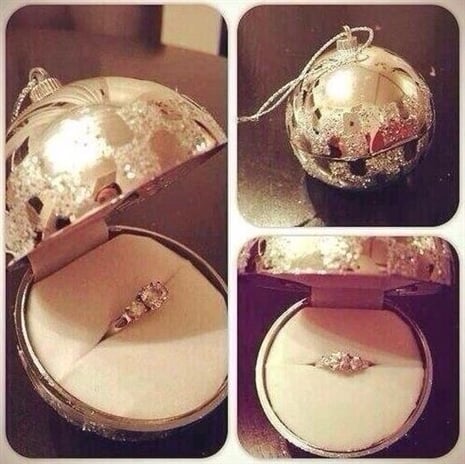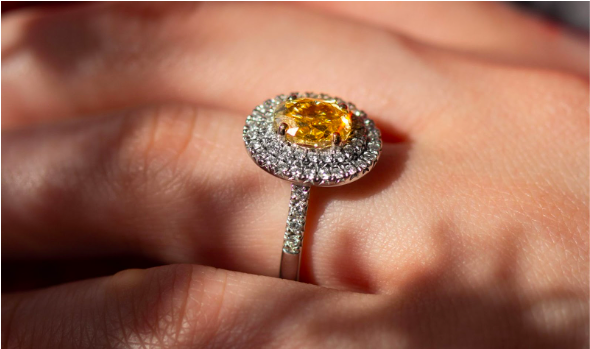Is an Emerald Engagement Ring Right for You?
When deciding to propose and choose your dream engagement ring, the bright green emerald may not be the first gemstone that springs to mind. However, in recent years, many couples have been buying colourful diamond engagement ring alternatives. The emerald gemstone offers a unique and timeless look to any engagement ring, allowing you to create a memorable proposal.
Diamond Heaven’s article covers why more couples are choosing an emerald engagement ring.
What is the Meaning of an Emerald Engagement Ring?
Gemstones have been associated with different meanings. Their symbolic importance dates back as far as Ancient Greece and the Roman Empire.
The emerald, most famously, symbolises true love and fidelity. The Greeks and Romans believed emeralds to be the gemstones of Venus and Aphrodite - the goddesses of love, passion and desire. Whereas, the Egyptians saw emeralds as a source of eternal life. The combination of these sentiments makes emeralds the perfect symbol of everlasting love - and an excellent choice for an engagement ring.
How Durable is an Emerald?
An emerald is rated between 7.5 and 8 out of 10 on the Mohs Hardness scale. Therefore, emeralds are considered a durable gemstone for jewellery, appropriate for daily wear. By comparison, diamonds have a hardness of 10, making them the hardest naturally occurring mineral.
Are Emerald Gemstones or Emerald Cut The Same Thing?
Despite having the same name, an emerald gemstone is not the same as an emerald-cut engagement ring.
Any stone - be it diamond or gemstone - can be shaped into an ‘emerald cut’ shape. The emerald cut is an elongated step-cut design in a rectangular shape which gets its name from being one of the most popular shapes to cut an emerald gemstone out of.
This is where the confusion can occur. Many people would be aware of the term emerald ring, but it would be an emerald cut emerald gemstone. This design is particularly popular with engagement rings today, and more customers are choosing an emerald-cut diamond engagement ring or a different emerald-cut gemstone. However, if you are looking for a different-shaped emerald gemstone such as a round cut emerald stone or oval, then it’s important to know these details and to differentiate between the two phrases when shopping for your engagement ring.
The Benefits of an Emerald Engagement Ring
There are many benefits to selecting an emerald engagement ring.
- An emerald holds excellent value over time as they are rarer to find than other gemstone options. The higher quality emerald you choose, the more valuable you will see it grow to be over time, making it a very valuable engagement ring to pass down to your family for generations.
- The rarity of emeralds makes the engagement ring even more precious. Emeralds are typically less expensive than diamonds depending on the specifications you choose for the final stone. If you choose a high-quality emerald, you will find it to be a much more affordable alternative.
- Their vibrant colour makes for an eye-catching and truly unique engagement ring which catches people’s eye and asks so many questions when seeing a statement engagement ring.
Why Buy Your Emerald Engagement Ring from Diamond Heaven?
For two decades, we have helped couples find their perfect engagement ring. Our friendly, diamond experts are here to help show you the different quality specifications you can choose with emeralds and help you find the perfect setting for the stone you choose. If you need some guidance and have questions about your emerald ring choice, to ensure you choose an emerald engagement ring that fits your budget and style, we recommend visiting us in-store. We also offer repair, engraving, resizing and cleaning aftercare services for all our precious jewellery.
Begin your journey to finding an elegant emerald engagement ring by booking an appointment at your nearest showroom today.











 Plan the Perfect Christmas Proposal
Plan the Perfect Christmas Proposal 5 Things Not To Do When Wearing Your Engagement Ring
5 Things Not To Do When Wearing Your Engagement Ring How to Choose the Perfect Yellow Diamond
How to Choose the Perfect Yellow Diamond Why Buy a Silver Engagement Ring?
Why Buy a Silver Engagement Ring?